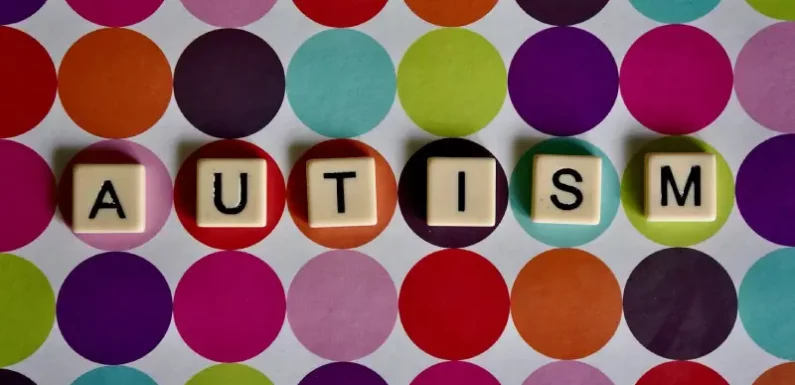
Regarding understanding Autism Spectrum Disorder (ASD), recent years have marked a significant stride in recognising and diagnosing autism in adults. Long believed to be a condition primarily identified in childhood, the recognition of adult ASD has opened doors to newfound independence and self-understanding for many. So, this exploration into ASD manifestations in adults not only shines a light on the varied symptoms but also underscores the importance of empathy, support, and care in navigating the complexities of autism in India, where awareness is burgeoning.
The Facade of Normalcy: Decoding Symptoms
Autism in adults weaves itself into the fabric of daily life, often masquerading as quirky habits or personality traits. From the difficulty in reading social cues to an unwavering adherence to routines, the spectrum manifests in multifaceted ways that can significantly impact an individual’s social, emotional, and professional life. Understanding these signs is the primary step towards bridging the gap between misconceptions and reality, enabling those affected to seek the support they need.
Social Dynamics: Navigating social settings can be a daunting task for adults with ASD. Misinterpreting non-verbal cues or struggling to maintain conversations, individuals often find themselves on the fringes, yearning for connection yet perplexed by its intricacies.
Emotional Odyssey: The emotional realm can be equally baffling. Intense passions or interests might overshadow the ability to process and express emotions conventionally, leading to misunderstandings and isolation.
Routine and Repetition: A penchant for routine and repetition serves as a comfort zone, providing stability in a world that often feels chaotic and unpredictable. Deviations from the norm can provoke anxiety, a testament to the need for structure and predictability.
The Private Life of an Adult with Autism
Home is where the heart is, yet for someone with ASD, it’s also where the symptoms can be most pronounced. The home environment reveals the idiosyncrasies that define autism: collections meticulously organised, routines followed with religious fervour, and perhaps an “eccentric” nickname that’s worn with a mixture of pride and resignation.
These nuances, from the unique expressions coined to describe everyday phenomena to the perplexity over common idioms, highlight the rich inner world of someone with ASD. It’s a realm where individual sports trump team activities, signalling a preference for environments where the rules are clear and the outcomes are directly tied to personal effort.
Professional Life: The Autism Spectrum at Work
The workplace unveils another dimension of ASD. Gaze aversion, a liking for specific conversational topics, and a distinctive, sometimes monotone, manner of speaking can set someone with ASD apart from their colleagues. Yet, this same individual might possess unparalleled expertise in areas like mathematics or coding, showcasing the extraordinary talents that often accompany autism.
Understanding and accommodating the unique needs and talents of adults with ASD can transform a workplace, fostering an environment where diversity is not just acknowledged but celebrated.
Bridging Gaps: Autism Care centers
In India, the journey towards autism acceptance and understanding is gaining momentum. Each autism center in India is becoming a sanctuary of support, offering diagnosis, therapy, and education tailored to the unique needs of adults with ASD. As such, an autism care center is not just a facility but also a beacon of hope, advocating for a society that sees the individual before the diagnosis.
Embracing the Spectrum
Autism in India, especially in adults, is a testament to the diversity of the human experience. It’s a reminder that understanding and empathy can transform lives, allowing individuals to navigate their world with confidence and support. Whether through fostering awareness, seeking the expertise of an autism center, or simply extending a hand of friendship, each step towards acceptance is a stride towards a more inclusive society.
Conclusion
In this journey of understanding ASD in adults, the real insight lies not just in identifying symptoms but in recognising the person behind them. It’s about seeing the strength in differences, the beauty in diversity, and the potential in every individual. After all, in the rich tapestry of human existence, every thread has its place, and every colour has its significance, making the picture whole and wonderfully complex.
